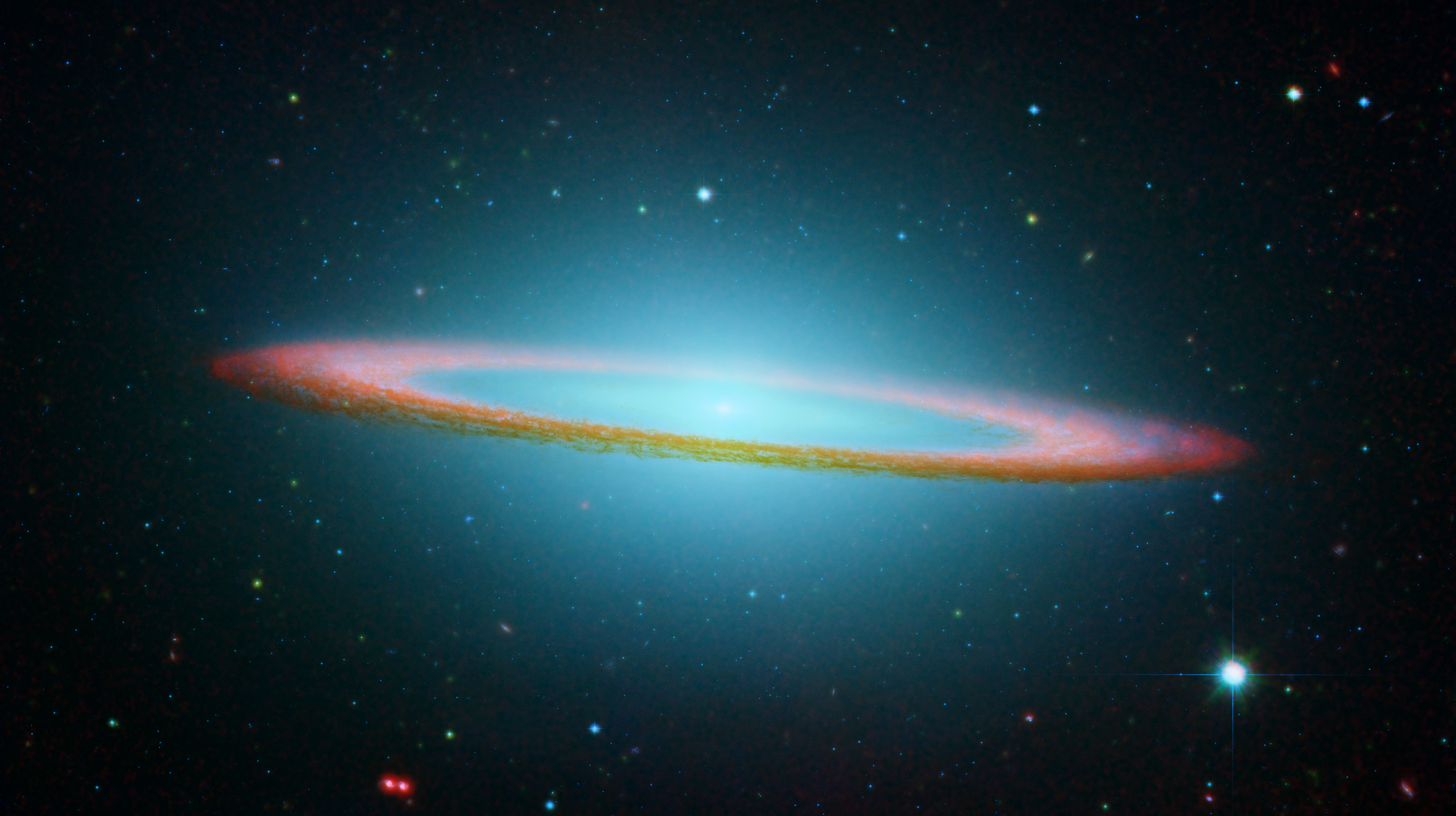12 Space Technologies You Use Every Day Without Realizing
In the vast expanse of the universe, space exploration has long captured human imagination. Yet, what many might not realize is how deeply space technology is interwoven with our daily lives. From the moment we wake up to the time we rest our heads at night, innovations born from space exploration subtly enhance and simplify our existence. This article delves into 12 surprising ways space tech has seamlessly integrated into our everyday routines, often going unnoticed. As we explore these innovations, it becomes clear that the final frontier doesn't just lie beyond our atmosphere but is intricately connected to the world around us.
1. GPS: Navigating the World
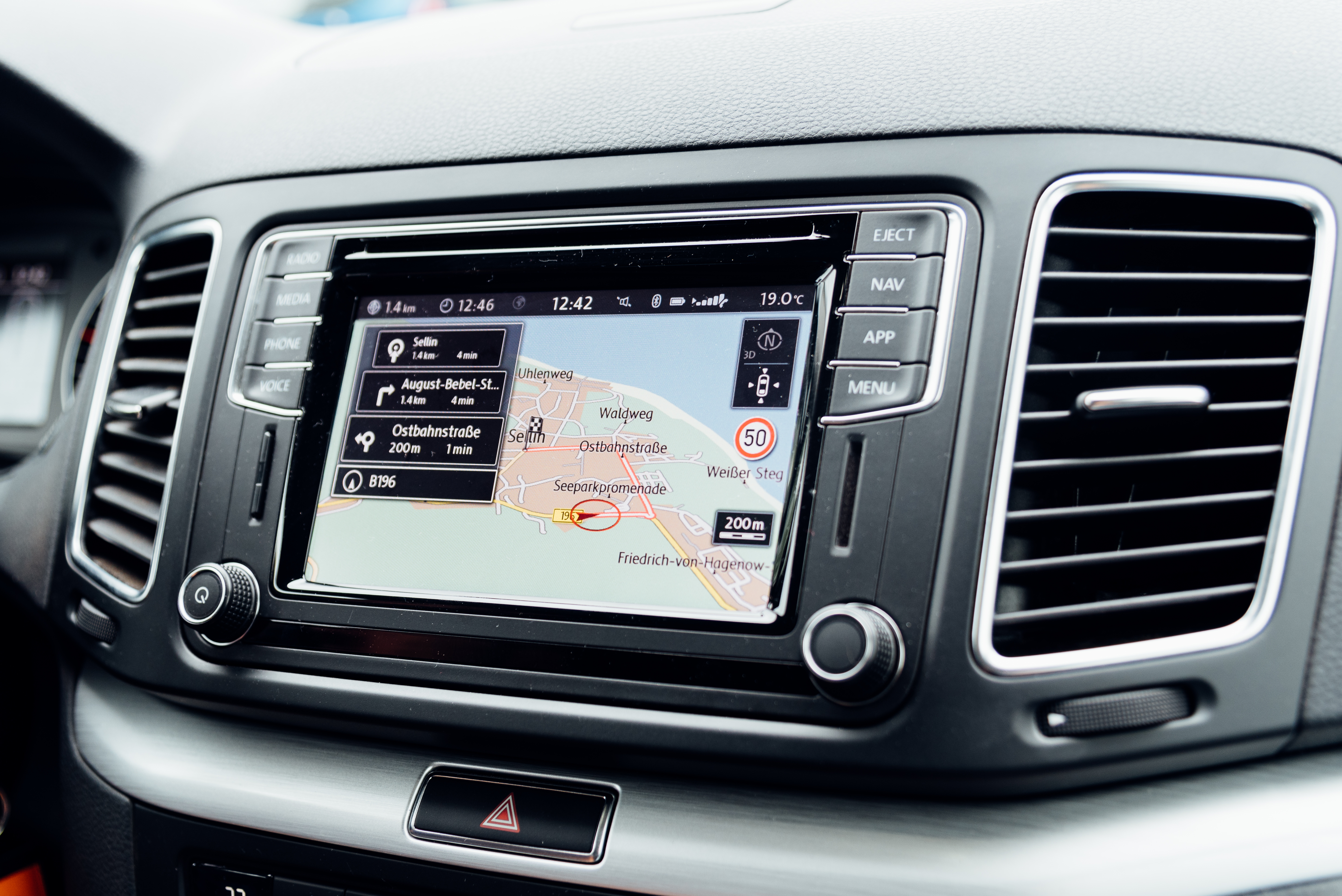
One of the most ubiquitous examples of space technology in our daily lives is the Global Positioning System (GPS). Originally developed by the U.S. Department of Defense for military purposes, GPS has become indispensable for civilian use, guiding everything from smartphones to car navigation systems. By utilizing a network of satellites orbiting Earth, GPS provides real-time location and timing information, revolutionizing how we travel and explore our world. Whether you're finding the quickest route to work or tracking a package, GPS technology, a direct descendant of space exploration, ensures you never lose your way.
2. Weather Forecasting: Predicting the Elements
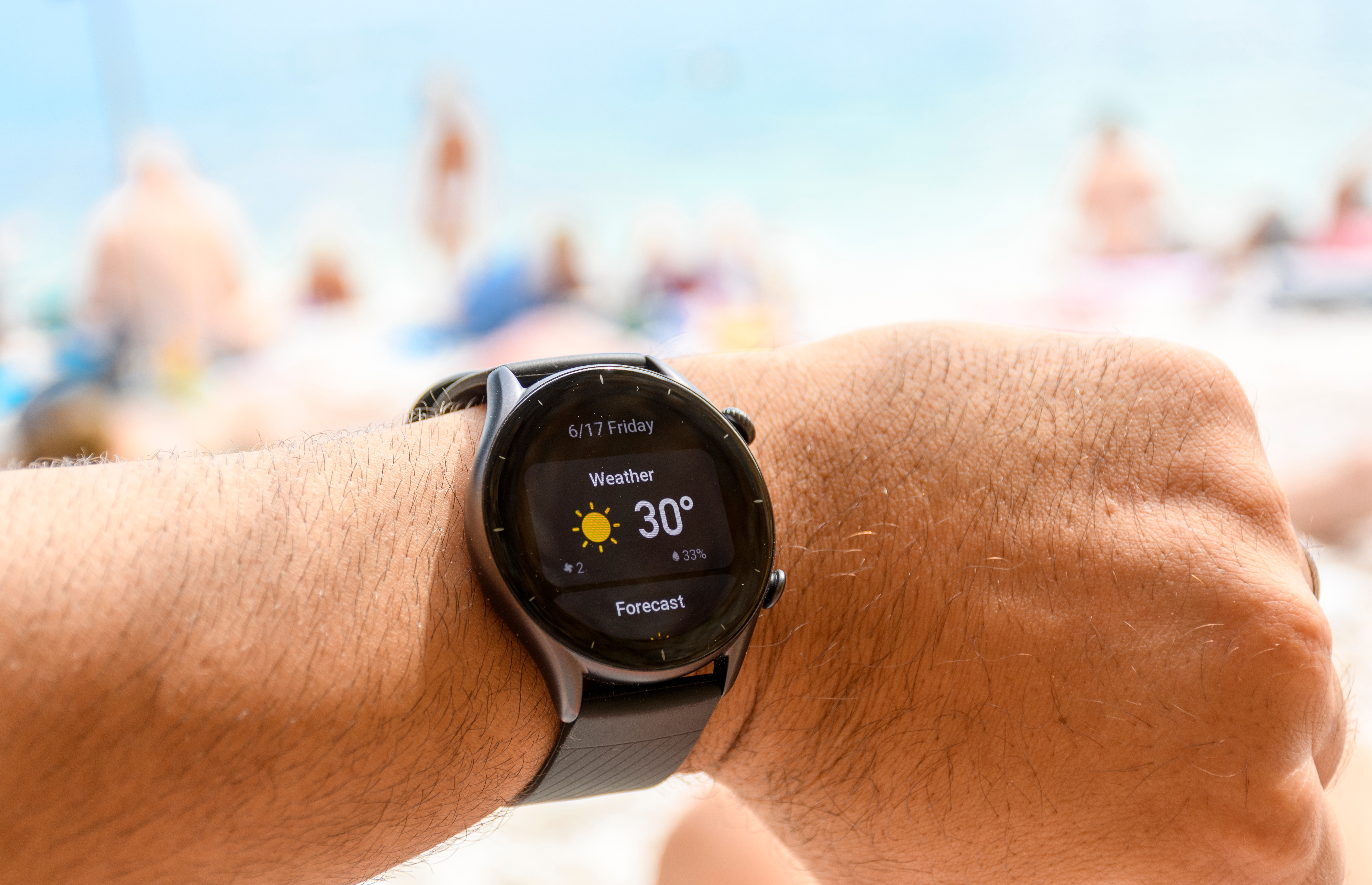
Space technology plays a crucial role in weather forecasting, a service we often take for granted. Satellites equipped with advanced sensors orbit the Earth, collecting data on atmospheric conditions, ocean temperatures, and cloud formations. This information is pivotal for meteorologists to predict weather patterns, enabling us to prepare for everything from sunny days to severe storms. The ability to anticipate weather changes not only aids in planning daily activities but also helps in disaster preparedness, showcasing how space-derived technology keeps us safe and informed.
3. Telecommunications: Connecting People
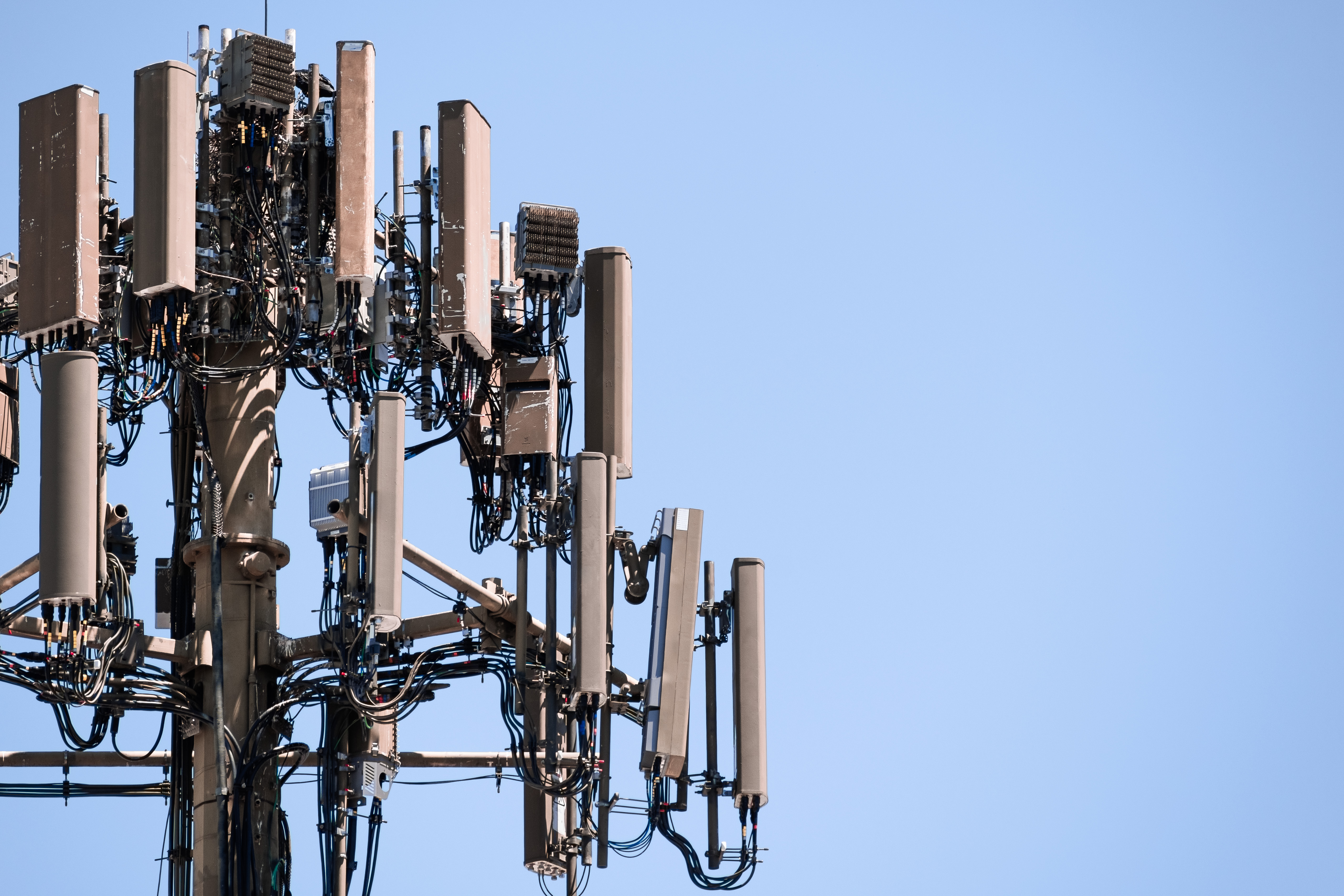
The way we communicate has been revolutionized by satellites, which form the backbone of our global telecommunications network. These space-borne platforms facilitate everything from international phone calls to internet connectivity, ensuring seamless communication across continents. By bouncing signals off satellites, we can maintain contact with anyone, anywhere, at any time. This technological marvel, rooted in space exploration, has shrunk the world, enabling real-time interactions that foster global connections and cultural exchange.
4. Medical Imaging: Seeing Within

Space technology has also made significant contributions to the field of medicine, particularly in imaging techniques. Technologies such as MRI and CT scans owe their development to advancements in space-based imaging systems. The precision and clarity required for capturing distant celestial bodies have been adapted to peer inside the human body, aiding in early diagnosis and treatment of diseases. This cross-pollination of technology from space to healthcare highlights the profound impact of space exploration on improving human health and longevity.
5. Food Safety: Preserving Quality

The quest for long-duration space missions led to the development of advanced food preservation techniques, which have found their way into our kitchens. Technologies like freeze-drying and vacuum packaging, initially designed to ensure astronauts received nutritious meals in space, are now common in food storage. These methods not only extend shelf life but also maintain nutritional value, helping reduce food waste. Thus, space innovations ensure that we enjoy safe and high-quality food, whether on Earth or beyond.
6. Water Purification: Ensuring Clean Water
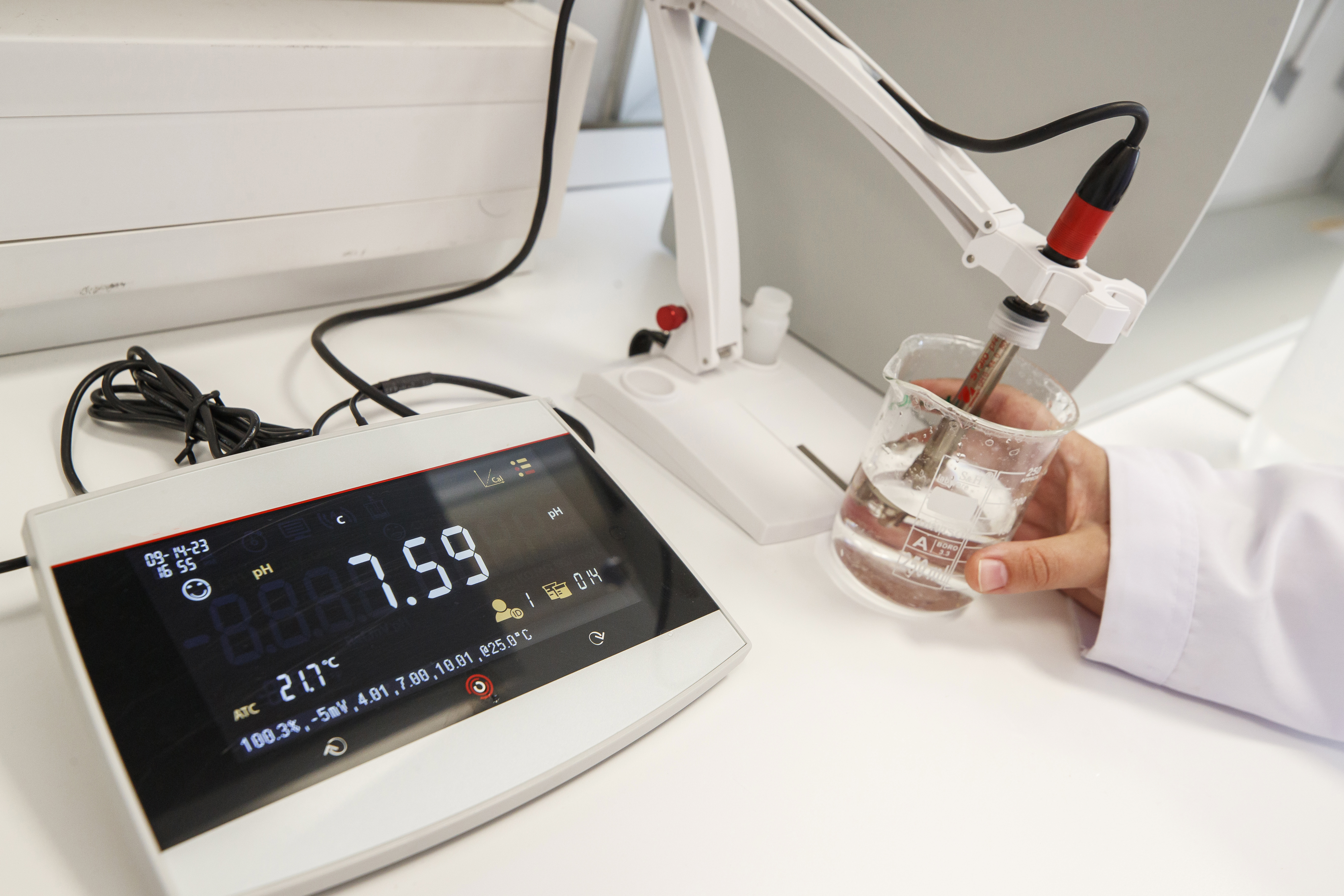
Access to clean water is a global challenge, and space technology offers innovative solutions. Water purification systems developed for space missions are now utilized on Earth, particularly in areas with limited resources. These systems employ advanced filtration techniques to remove contaminants, ensuring safe drinking water. The technology, designed to sustain life in the harsh environment of space, is a testament to how space exploration can address critical issues on our planet, providing a sustainable future for all.
7. Consumer Electronics: Enhancing Everyday Devices

Many components in consumer electronics, from smartphones to laptops, have origins in space research. The miniaturization of technology, driven by the need to reduce payload weight in spacecraft, has led to the development of compact and efficient electronic components. These advancements have been integrated into everyday devices, enhancing performance and functionality. As a result, space technology continues to push the boundaries of what's possible, making our gadgets more powerful and accessible.
8. Transportation Safety: Securing Our Journeys

The safety of our transportation systems has been greatly improved by space technology. Innovations such as anti-lock braking systems (ABS) and stability control in vehicles have their roots in space exploration. These technologies, initially developed to enhance the safety and reliability of spacecraft, have been adapted to prevent accidents and improve vehicle control on Earth. By applying space-derived solutions to terrestrial challenges, we ensure safer journeys for millions of travelers each day.
9. Energy Solutions: Powering the Future
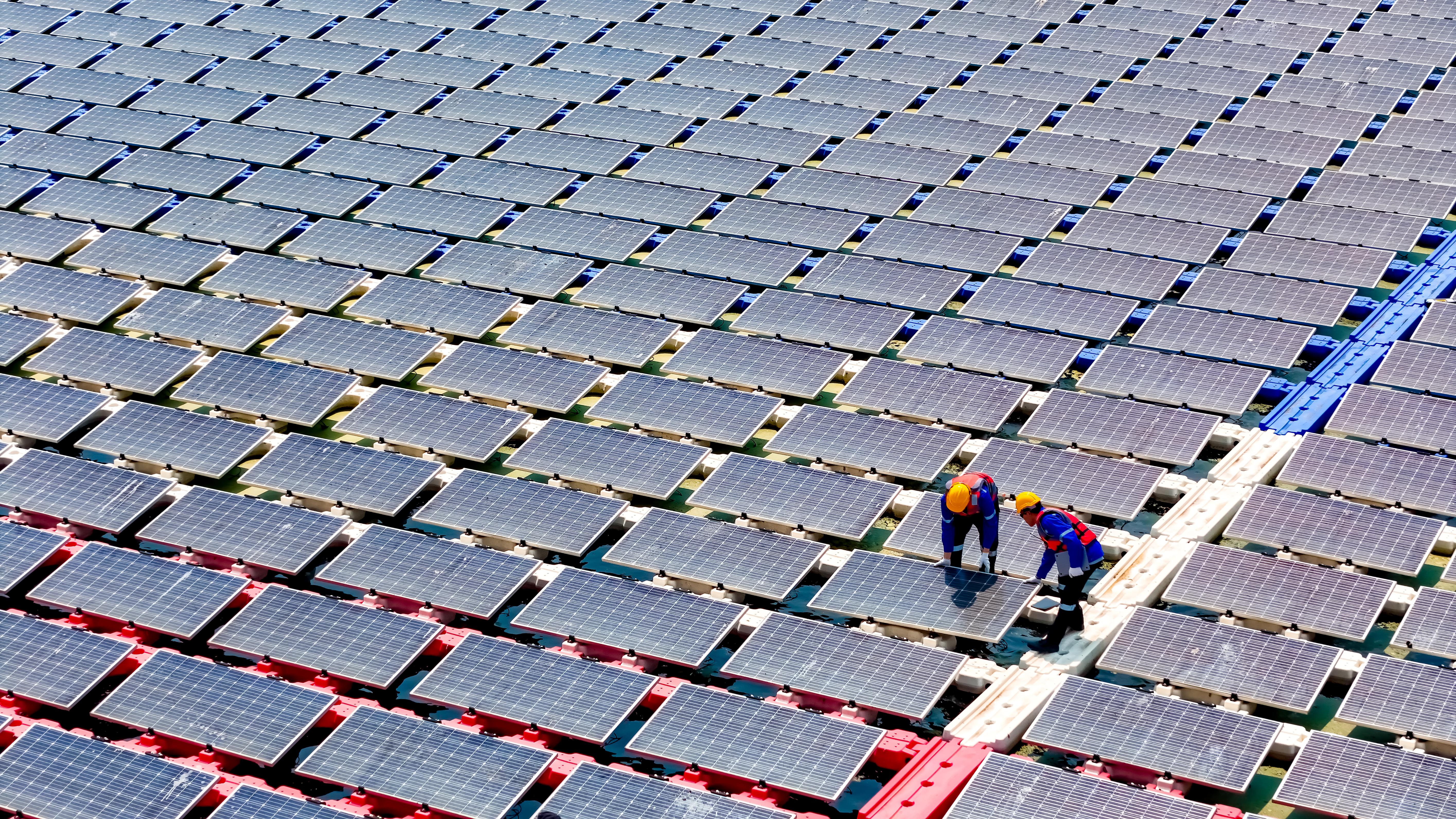
Space missions have driven advancements in energy technologies, particularly in solar power. The need for reliable and efficient energy sources in space has led to the development of high-efficiency solar panels, which are now used to power homes and businesses on Earth. These panels convert sunlight into electricity, providing a clean and renewable energy source. As we face the challenges of climate change, space-inspired energy solutions offer a sustainable path forward, reducing our dependence on fossil fuels.
10. Structural Materials: Building Resilience
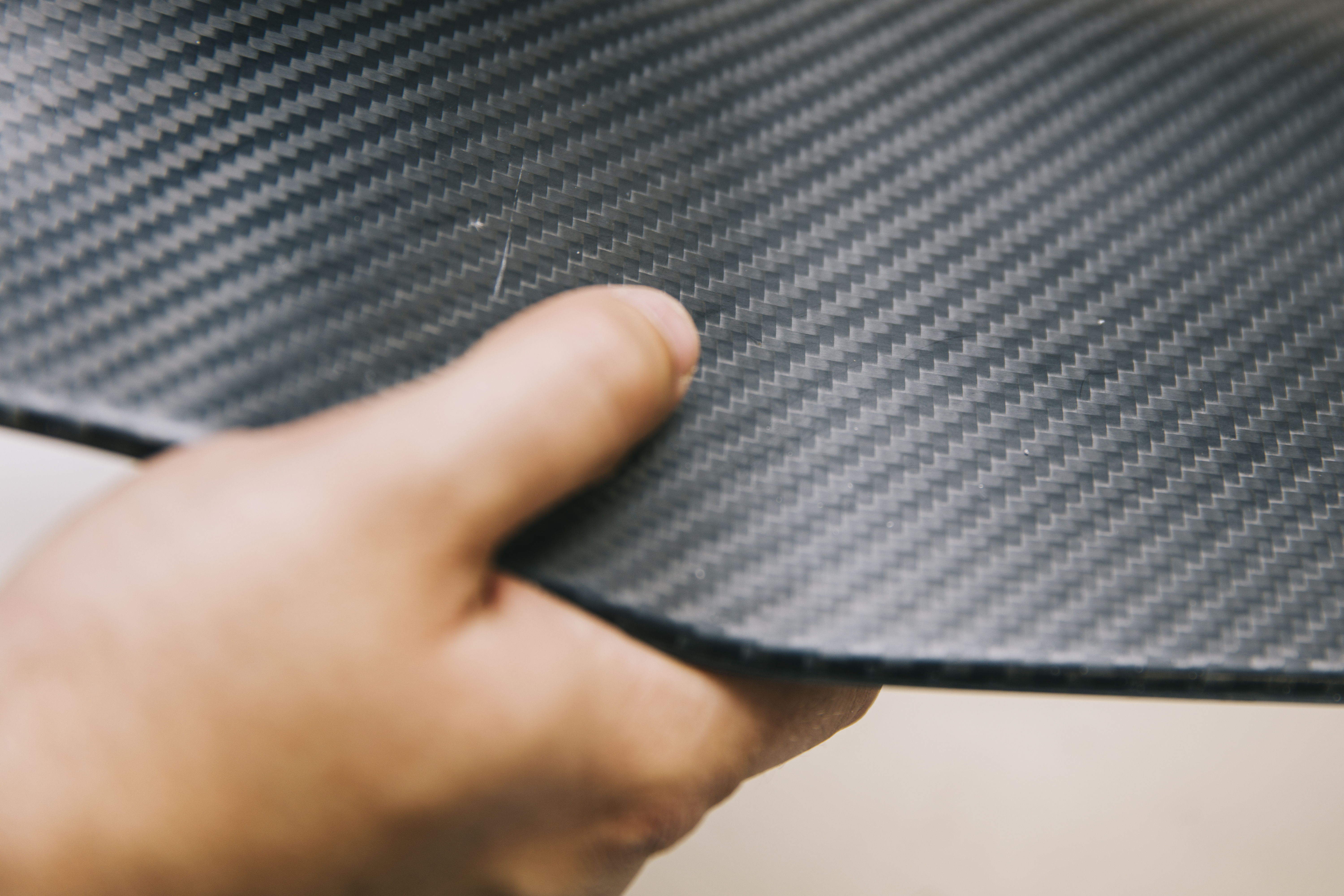
The demand for lightweight and durable materials in space exploration has spurred innovations that have transformed construction and manufacturing industries. Materials such as carbon fiber composites, originally developed for spacecraft, are now used in building everything from aircraft to sporting equipment. These materials offer strength and resilience while reducing weight, leading to more efficient and sustainable designs. The influence of space technology on material science underscores its role in shaping the infrastructure of our modern world.
11. Environmental Monitoring: Protecting Our Planet

Satellites equipped with advanced sensors play a vital role in monitoring Earth's environment, providing critical data on climate change, deforestation, and pollution. This information is essential for scientists and policymakers to understand and mitigate the impacts of human activity on our planet. By observing Earth from space, we gain a comprehensive view of environmental challenges, empowering us to make informed decisions to protect our natural resources and ensure a sustainable future.
12. Robotics: Automating the Mundane
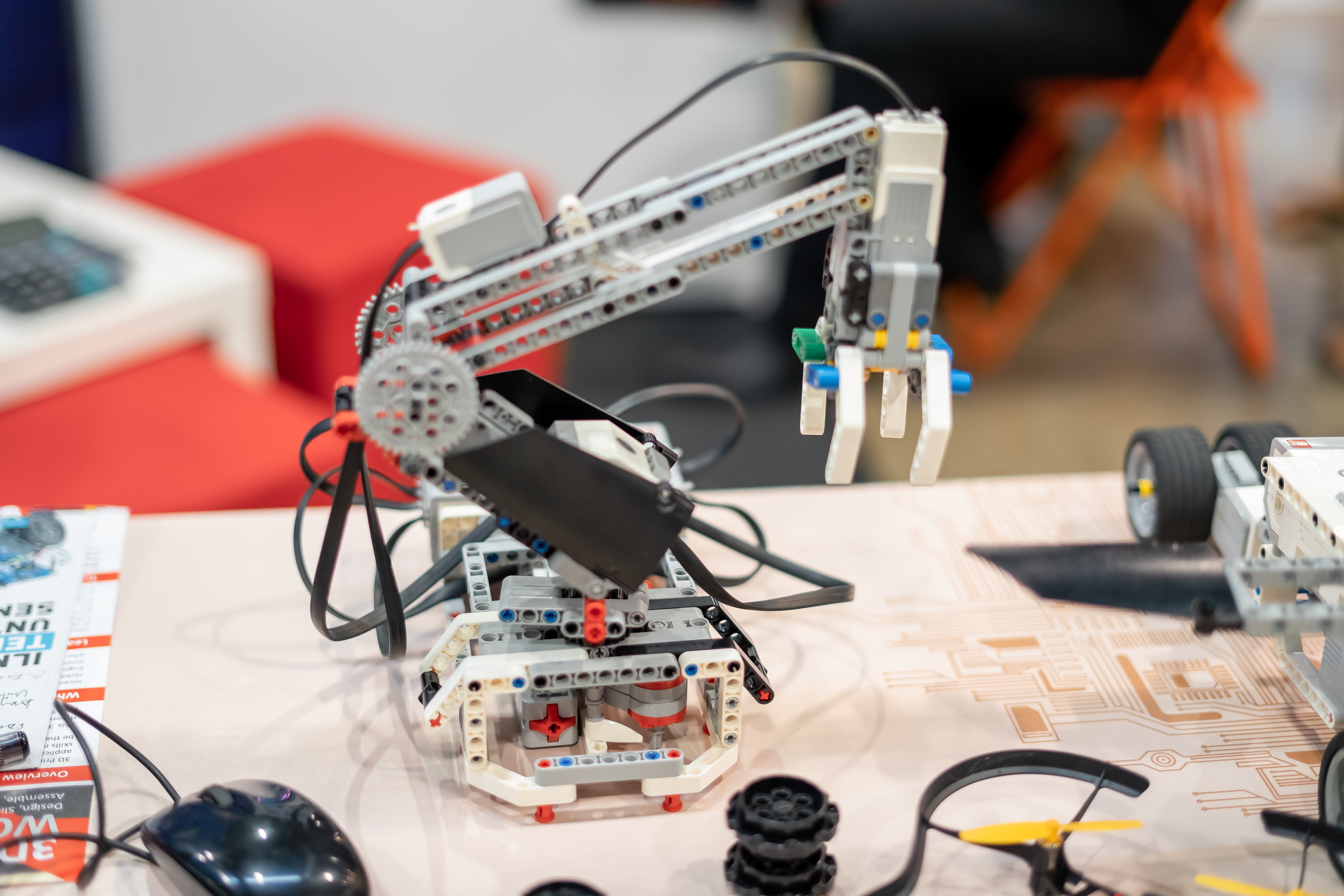
Robotics technology, honed through space exploration, has found its way into everyday life, automating tasks that range from vacuuming floors to manufacturing goods. The development of robotic systems for space missions has led to innovations in precision, autonomy, and efficiency, which have been adapted for terrestrial use. These robots not only improve productivity but also enhance safety by performing tasks in hazardous environments. As robotics continues to evolve, its roots in space exploration remind us of the interconnectedness of technological progress.
The Unseen Impact

As we've journeyed through the myriad ways space technology enriches our daily lives, it becomes evident that its influence is far-reaching and profound. From navigation and communication to health and environmental protection, the innovations born from space exploration touch every aspect of our existence. These technologies, often hidden in plain sight, remind us of the potential for human ingenuity to transcend earthly boundaries and improve life on our planet. As we look to the stars, we must also recognize and appreciate the cosmic connections that shape our world.




